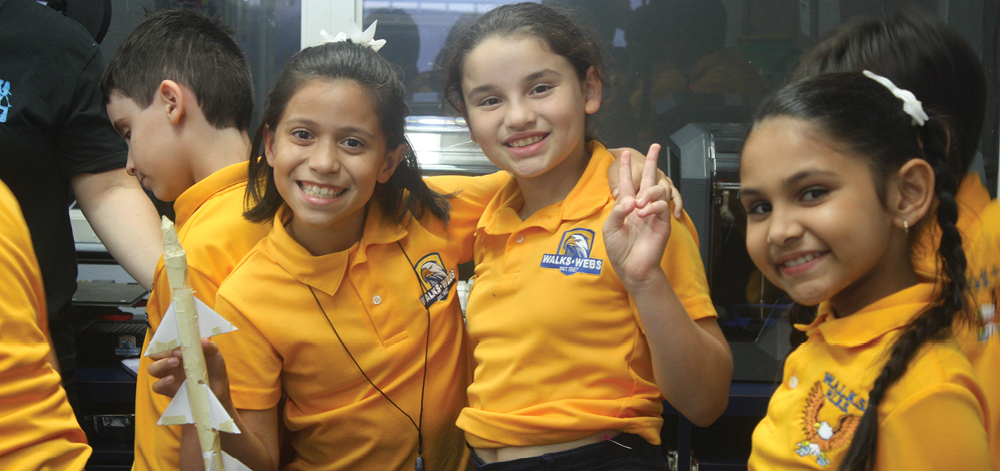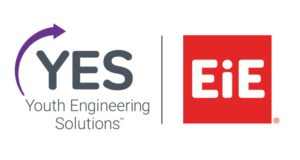
Language Scaffolds
Language Scaffolds
Most students are developing language proficiency as they learn subject-matter knowledge. These students, including English learners (ELs), benefit from opportunities to communicate with peers.
YES lessons embed scaffolded opportunities for students to access curricular materials, demonstrate their understanding, and communicate their ideas. These include:
- Discussion strategies. Peer discussions invite students to express, develop, and challenge each other’s ideas. Discussion strategies, such as think-pair-shares and turn and talks, are embedded throughout the unit to support oral language development and provide additional processing time. Key discussion prompts are provided orally and in written form.
- Multimodal content. Students learn multimodally. Content and ideas are communicated via pictures, anchor charts, realia, gesture, videos, and physical materials.
- Visual vocabulary cards and materials glossaries. Relevant vocabulary terms with photographs and definitions are introduced in context.
- Sentence frames. Key sentence frames scaffold students’ written and oral engineering discourse.
- Graphics. Student-facing materials include graphics to support students’ reading and listening comprehension.
- Stories. An illustrated, context-setting narrative introduces YES lessons. Stories with images communicate mood, humor, passage of time, etc., thereby increasing accessibility for readers developing English literacy.
In YES Elementary, for each STEM learning objective, language objectives for both early and more advanced ELs are provided. These language objectives describe appropriate writing, listening, speaking, and/or reading skills students should use to demonstrate the corresponding STEM learning objective.
